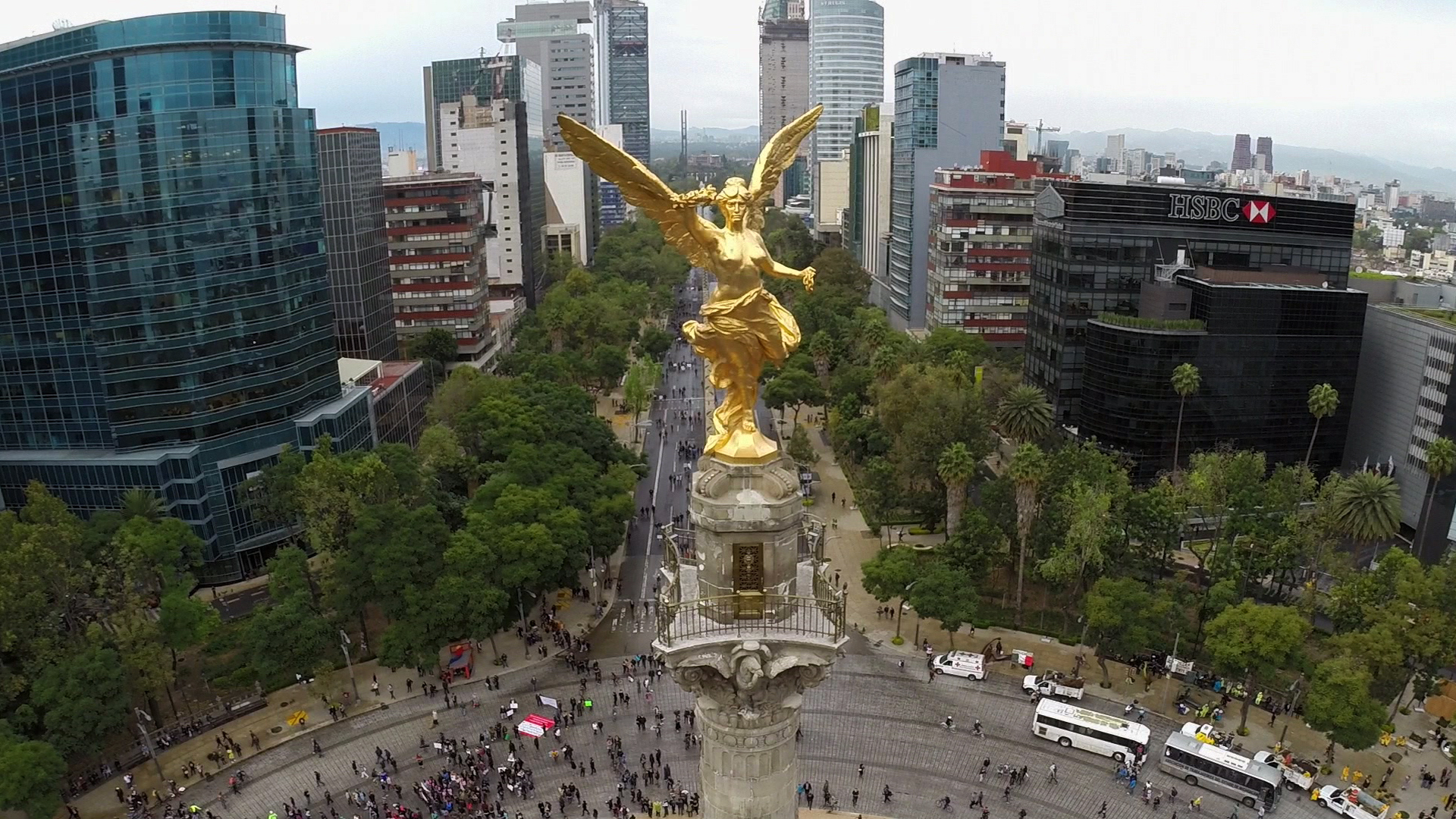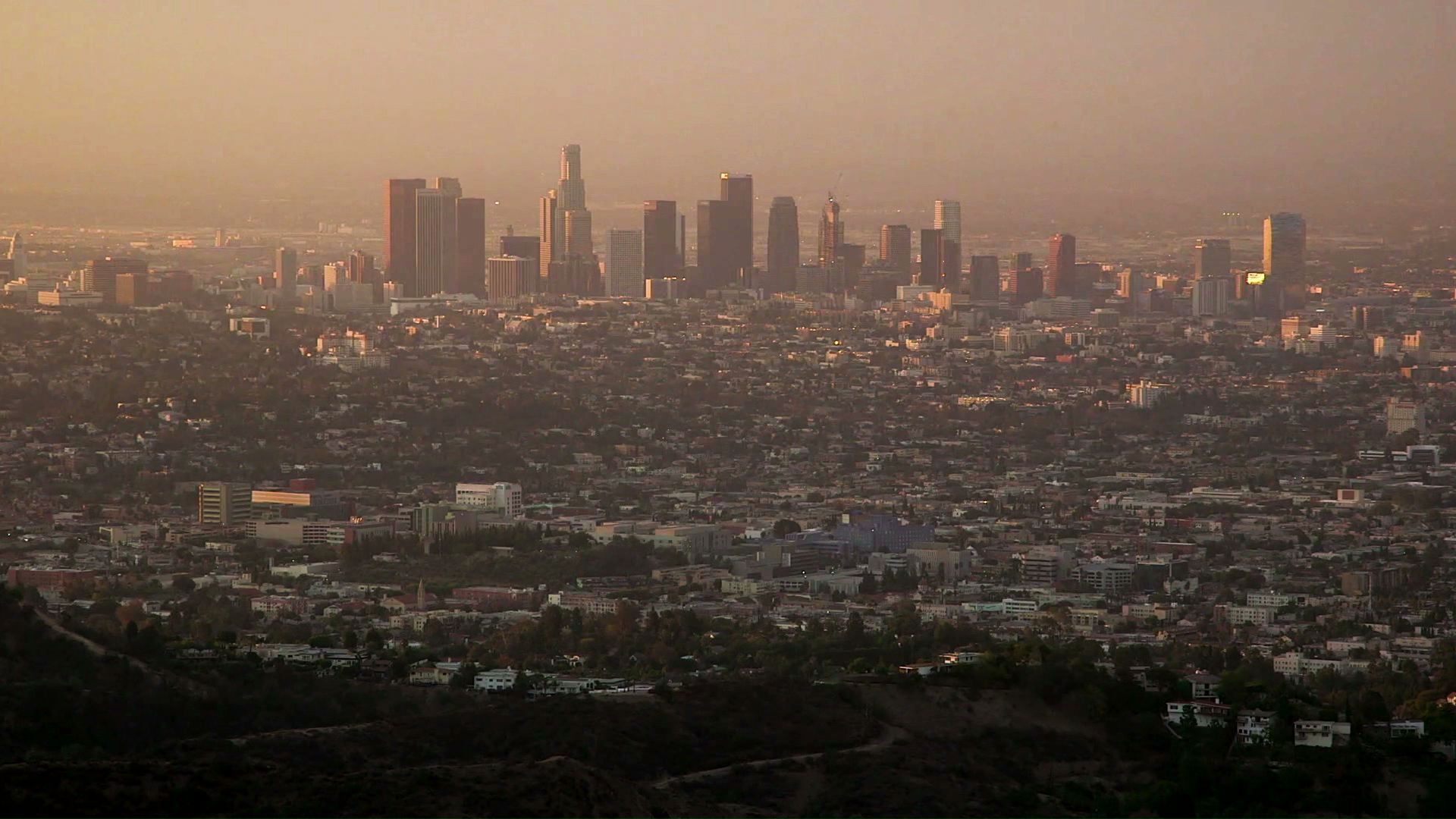
Production still from the Mexico City hour of Art in the Twenty-First Century, Season 8. © ART21, Inc. 2016.
I moved to Mexico City from Paris almost four years ago and opened an independent art space, Lulu, with the Mexican artist Martin Soto Climent. Since then, I have been approached by varying entities and with increasing frequency to express my opinion of the Mexico City art scene. As a relative newcomer, I am increasingly aware of my ignorance or limitations concerning the myriad social nuances of the Mexican art world. In other words, the longer I stay in Mexico City, the more I know how little I know and therefore how unqualified I am to opine on the marvelous complexity of this place. One way to render this position more tenable would be to advocate by drawing on my resources as an English-language critic and internationally active curator. But I am not an advocate. Although clearly motivated by the best of intentions, advocacy as a position often tends to be self-defeating by virtue of the lack of criticality that generally attends it. This is why it rarely generates an impact beyond its immediate surroundings. Art scenes do not necessarily flourish through consensus, or from the efforts of their proponents, but rather through dissensus and conflicts that drive them. That said, it is in this capacity and awareness that I can be an advocate: not only through fighting what I believe to be the good fight (that is, being a discriminating critic) but also through observing and encouraging the growing diversity of the Mexico City art scene.
Four years ago, the scene was already flourishing, but at that time, going to one event did not necessarily entail missing another. Over the course of the past year, such conflicts—evidence of healthy competition—have become increasingly evident. At this point, it is likely that a multiplicity of events—exhibition openings, talks, public reading groups, book presentations, art-space inaugurations, musical performances—is happening on any given night. But more importantly, I have seen the largely Latin American, and in particular Mexican, aesthetic of socio-politically engaged conceptual art shift from being the dominant ethos and mode of production to being one among many, which includes manifestations of so-called post-Internet art, varieties of painting, performance art, and so on.
This multiplicity seems due to a number of factors aside from the importance of the Internet and the access it provides to many conversations, which cannot be overstated. Firstly, I have noticed since my arrival a significant, documented spike in the openings of artist-run initiatives, which has helped generate an enormous energy, which has in turn engendered an appreciable abundance of artist-elected diversity. Secondly, a new generation of local professionals with heterogeneous interests and commitments in contemporary art has emerged. And thirdly, there has been an influx, for better or for worse, of international professionals and artists who work in Mexico City on a semi-permanent or permanent basis. Although these factors have contributed to the diversity of the scene—which I endorse and believe to be crucial to the health of any art capital—they have also led to speculation of Mexico City as the “new Berlin.”

Production still from the Los Angeles hour of Art in the Twenty-First Century, Season 8. © ART21, Inc. 2016.
I propose that we banish this phrase from our vocabulary, not merely on stylistic grounds but also because it speaks of an underlying desire to replicate and homogenize—why not let Berlin be the new Berlin? Besides, nothing makes a chilango, a Mexico City native, cringe more than that phrase. I have witnessed similar reactions in natives of Los Angeles when comparable speculations are applied to their home turf. Indeed, if Los Angeles and Mexico City have anything in common, it is an essential irreducibility and their inhabitants’ incurable allergy to these kinds of analogy. Akin to Los Angeles, Mexico City and its art scene are unlike anywhere else in the world. And thank god. Because this is the virtue of place, of specific geographic locus: no matter how much one scrolls through websites, reads magazine features, or absorbs hearsay and rumor, one can never truly know a scene until one goes there.
Nevertheless, in this issue of ART21 Magazine, I have invited two of Mexico City’s most trenchant critics and writers, Gabriela Jauregui and Claudia Arozqueta, to reflect on the evolution of the concerns mentioned above. This issue also features a thoughtful interview—originally published in Spanish, with Daniel Garza-Usabiaga, a curator, art historian, and artistic director of Zona Maco art fair—that is full of insights regarding place and some of the misconceptions that typically accompany discussions of Mexico City.
As a counterpart, and in the spirit of the new broadcast season of Art in the Twenty-First Century, ART21 Magazine’s regular contributors will be investigating art and artists in Los Angeles, including Kerry Tribe’s Exquisite Corpse at Current:LA, and the alternative art space PØST. The issue will also explore broader notions of place as they’re revealed both physically and conceptually through landmarks and landscapes. Collectively, we aim to shed light on the layered artistic identities of two North American cities, and uncover how our surroundings affect who we are and what we make.



